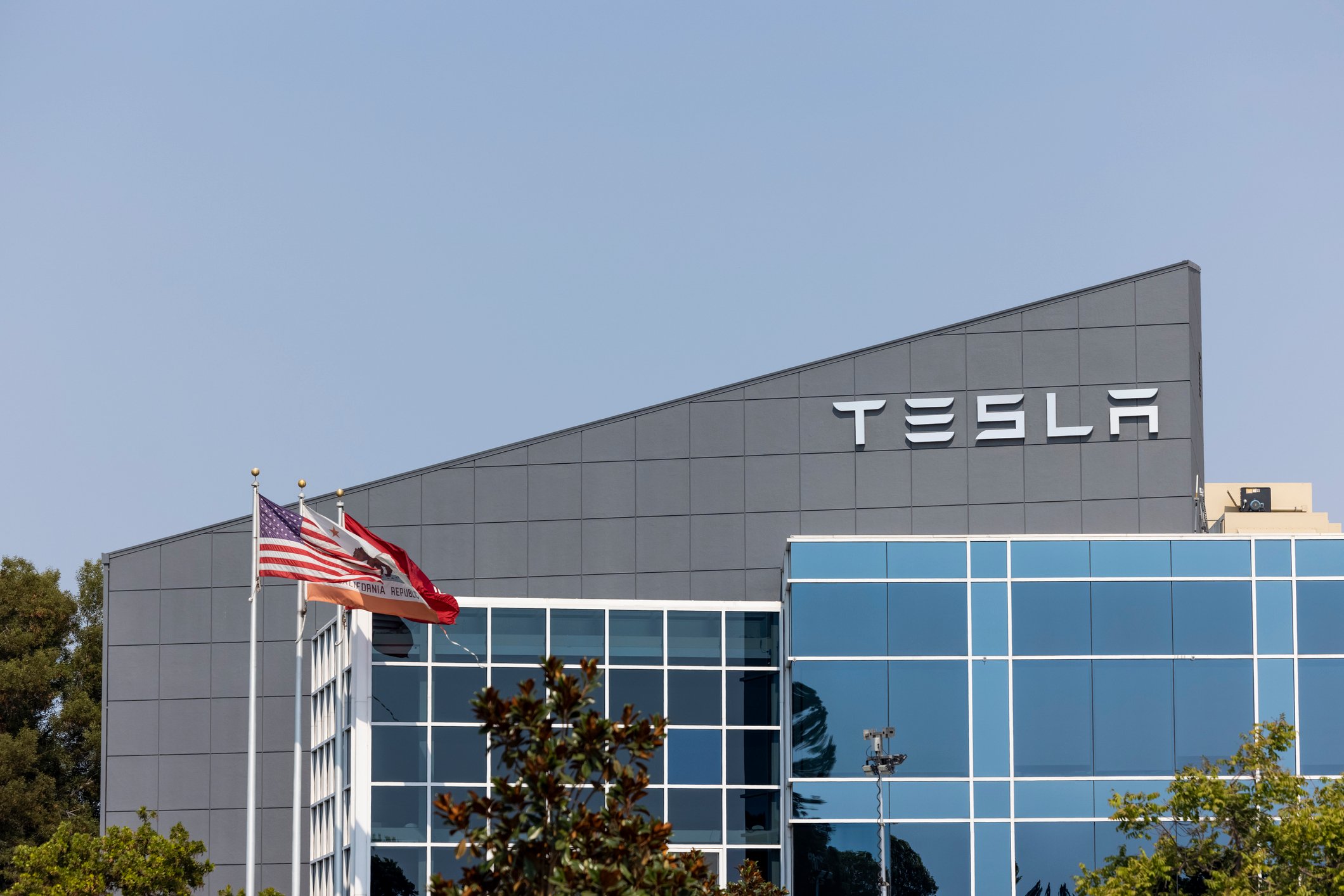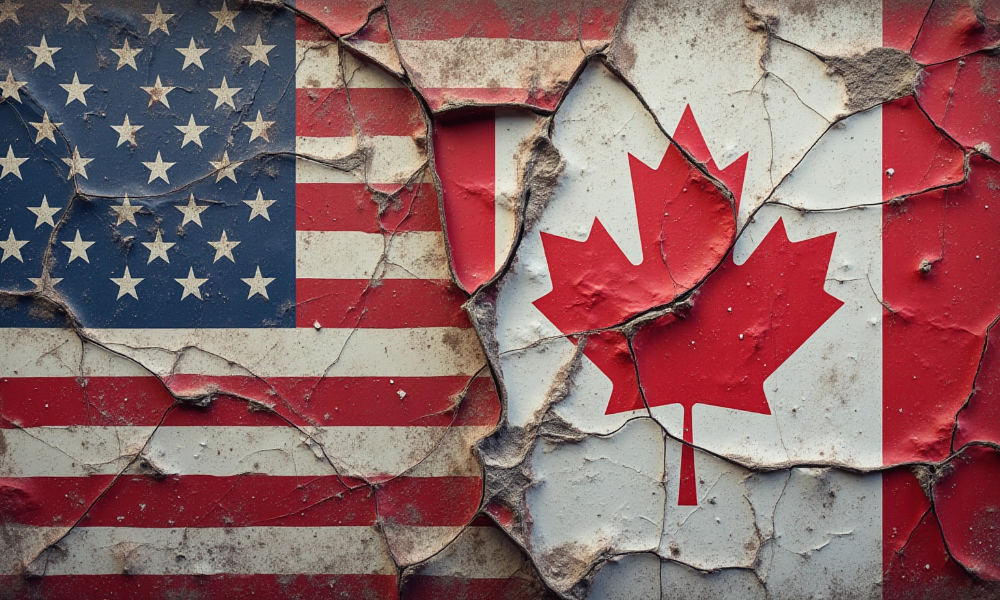Tesla's reliance on cameras for its self-driving system comes under review in NHTSA investigation

The US National Highway Traffic Safety Administration (NHTSA) has opened an investigation into 2.4 million Tesla vehicles equipped with the automaker’s Full Self-Driving (FSD) software, following reports of four crashes, including a fatal incident.
According to CBC News, this preliminary evaluation aims to examine whether these vehicles pose a safety risk.
NHTSA initiated the investigation after four crashes involving Tesla vehicles with FSD engaged during low-visibility conditions, such as sun glare, fog, or airborne dust. One of these crashes resulted in a pedestrian fatality, while another involved a reported injury.
According to NHTSA, “the Tesla vehicle fatally struck a pedestrian” in one of the incidents.
The probe covers Tesla’s 2016-2024 Model S and X vehicles, 2017-2024 Model 3, 2020-2024 Model Y, and 2023-2024 Cybertruck models with the optional Full Self-Driving system.
The evaluation is the first step, and if NHTSA identifies a significant safety risk, the agency could request a recall.
Tesla has stated on its website that its ‘Full Self-Driving' software requires active driver supervision and does not make vehicles autonomous.
NHTSA is investigating the FSD system’s ability to “detect and respond appropriately to reduced roadway visibility conditions.”
The agency has also requested information on whether other crashes occurred under similar conditions and whether Tesla has made updates to the FSD system that may impact its performance in low-visibility situations.
NHTSA’s review will examine the timing, purpose, and capabilities of any updates, along with Tesla’s evaluation of their safety impacts.
Tesla CEO Elon Musk is focusing on advancing self-driving technology and robotaxis as the company faces growing competition and weakening demand in its core auto business.
Recently, Musk unveiled the ‘Cybercab,’ a two-seater robotaxi without a steering wheel or pedals, which would rely on cameras and artificial intelligence to navigate.
However, Tesla must secure NHTSA approval to deploy vehicles without human controls.
Tesla has been working on its Full Self-Driving technology for several years, aiming to enable high levels of automation, where the vehicle handles most driving tasks without human intervention.
However, the system has faced scrutiny due to fatal accidents, including one in April involving a Tesla Model S that struck and killed a motorcyclist while in Full Self-Driving mode near Seattle.
Industry experts have raised concerns about Tesla’s ‘camera-only’ approach to autonomous driving. Some believe that this method could struggle in low-visibility conditions since Tesla vehicles do not use backup sensors like lidar or radar.
Jeff Schuster, vice-president at GlobalData, stated, “Weather conditions can impact the camera's ability to see things and I think the regulatory environment will certainly weigh in on this.”
He added that this could be a significant barrier to launching such technology in the near future.
Tesla’s competitors use more expensive sensors, such as lidar and radar, to detect driving environments. Tesla had previously recalled more than two million vehicles in the US in December to install new safety features in its Autopilot system.
NHTSA continues to investigate whether that recall adequately addressed safety concerns.



